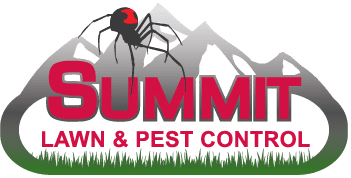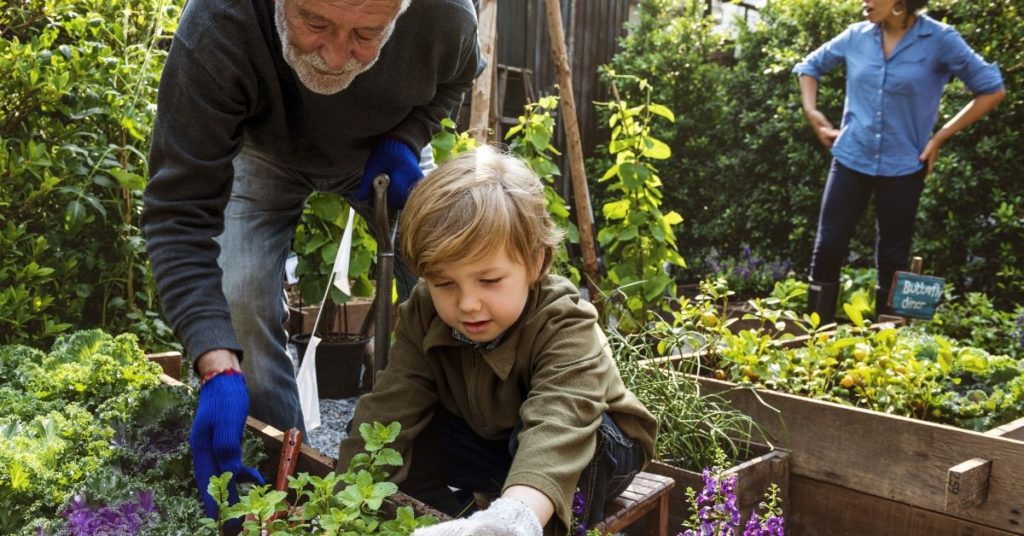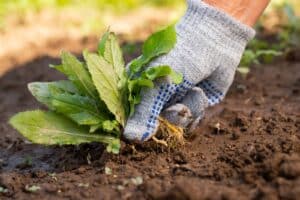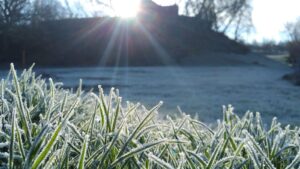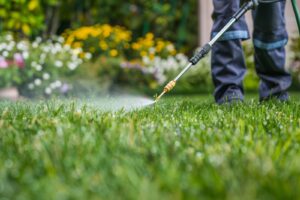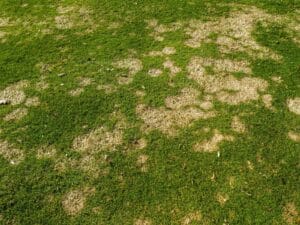Starting your own garden doesn’t have to be a daunting task—whether you have an experienced green thumb or you’re new to the world of gardening, with a few simple steps you can get going with your own garden.
What do you want to harvest?
First off, you’ll need to decide what you want to grow. Vegetables? Fruits? Flowers? Shrubbery? Herbs? There are many options out there. Are you hoping to enjoy the fruits of your labor? You can literally enjoy those fruits depending on what you plant! Of course, what you plant will also determine some other things. Different plants, flowers, fruit, and veggies grow better in some climate and some seasons over others. Do you want to eat your crop? Be sure that you choose a crop that you will benefit from and that will grow in your climate.
Pick a location!
Next, you’ll want to choose a location for your garden. Most gardens need a decent amount of sunlight each day. What you are planting may also determine which location would be best. Some crops will benefit from the shade as well. Be sure that you allow access for picking, watering, and caring for your crop. You’ll need some space. It’s also important to consider wildlife or pets in the area, as these furry friends may visit your garden depending on the location. While some wildlife can help your garden, other wildlife and pets can also ruin a garden. Consider adding a fence around your garden if you choose a location that is vulnerable to wildlife or neighborhood pets.
Plan it out.
After you’ve chosen your location and your crop, you’ll want to start planning out your garden bed. What type and size of garden bed do you want? A raised bed? A sunken bed? You may also want to plant your garden in blocks or beds of plants or maybe in single rows. A block or bed should be about 3-4 feet across and about 10 feet long. Placing plants in rows or a grid pattern can help you to minimize walkways and optimize on gardening space. If you’re just starting out, you may want to start small.
To get started on your garden, you’ll need to invest in some basic gardening tools. A list of basic tools includes a garden hoe, scuffle hoe, dirt rake, garden shovel, hand shovel, leaf rake, and other hand tools.
Before you start planting, you’ll want to test your soil. You should determine if your soil is acidic, alkaline, or neutral pH. Does your soil have any clay, silt, rocks, or sand? Is there a good amount of basic nutrients? Soil testing is simple and can be done with a few minutes and a YouTube tutorial.
Once your soil has been tested and prepped, it’s time to choose your seeds or transplants. If you’re growing from scratch, go with seeds. If you want to transplant crops, you can start with some already blooming plants.
Your garden is starting to come together!
